Grande Muralha Juyong Pass - Bilhete, horário de funcionamento, destaques e dicas
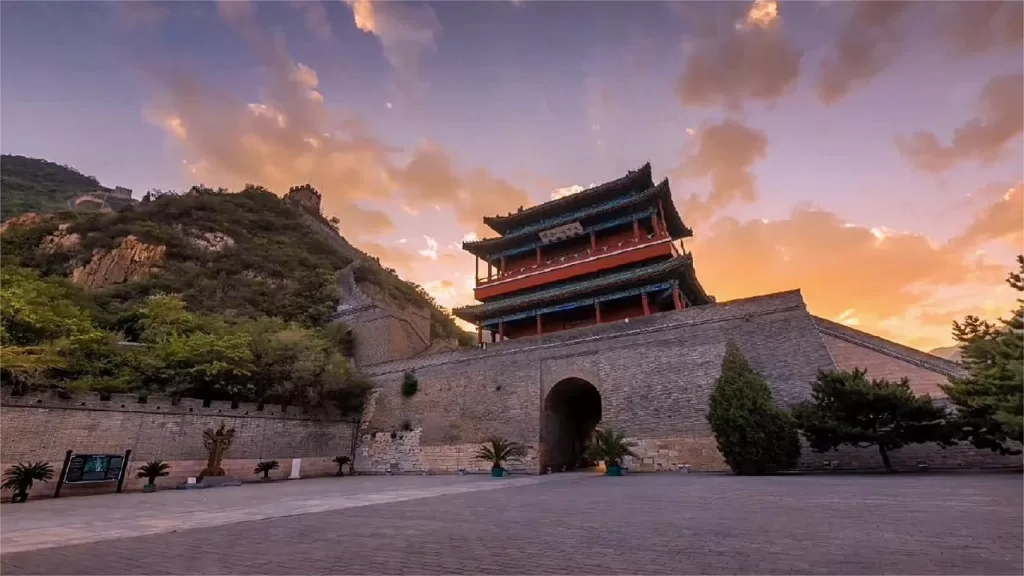
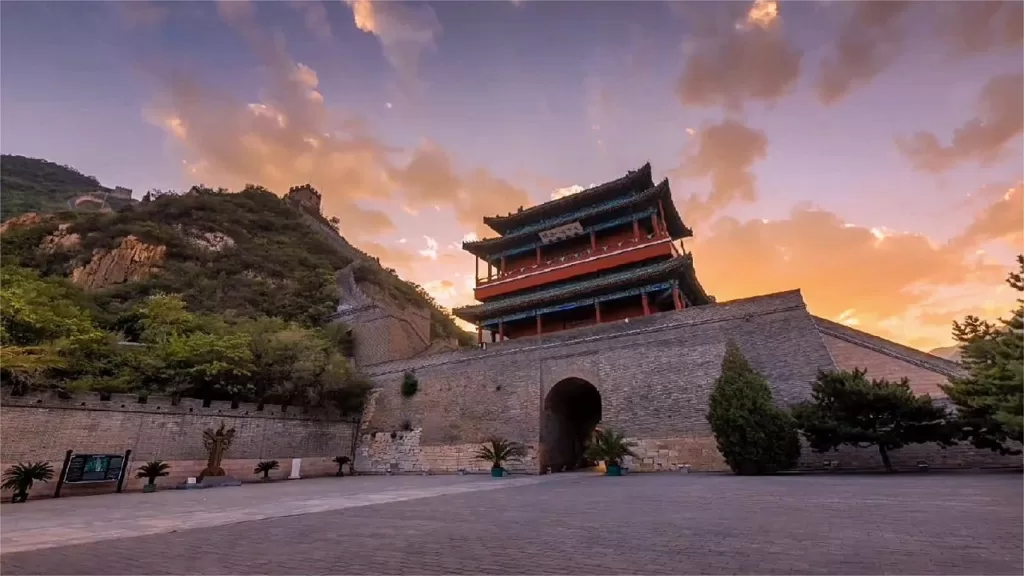
Juyong Pass (居庸关长城) is one of the most well-known sections of the Great Wall of China. Located in the northern part of Beijing, it was built during the Ming Dynasty (1368-1644) and has been an important military stronghold and cultural landmark ever since.
Juyong Pass is approximately 18 kilometers long and features many unique features, such as the Cloud Platform and the Barrier Wall. The Cloud Platform is a magnificent pavilion built on a large rock and is the highest point of Juyong Pass, offering stunning views of the surrounding landscape. The Barrier Wall is a strategic defense system made up of a series of walls, gates, and fortresses that were used to protect the pass from invaders.
In addition to its military significance, Juyong Pass is also a popular tourist attraction, attracting thousands of visitors each year. Visitors can walk along the walls of the pass, take in the breathtaking views, and explore the many temples and shrines located within the pass.
Índice
- Informações básicas
- Localização e transportes
- History of Juyong Pass Great Wall
- Highlights of Juyong Pass Great Wall
- Vlog about Juyong Pass Great Wall
- Dicas úteis resumidas a partir de comentários
- Other Sections of Great Walls in Beijing
Informações básicas
| Duração estimada da excursão | Mais de 3 horas |
| Horário de funcionamento | 8.00 - 17.00 (1 de abril - 31 de outubro) 8.30 – 16.30 (1st November – 31st March the next year) |
| Preço do bilhete | 40 RMB (1st April – 31st October) 35 RMB (1st November – 31st March the next year) |
| Número de telefone | 0086-010-60761005 |
| Melhor altura para visitar | May to October |
Localização e transportes
Juyong Pass is a mountain pass located in the northern part of China, approximately 60 kilometers (37 miles) northwest of Beijing. As the main route between Beijing and the northern provinces of China, it is one of the three most important passes of the Great Wall of China, along with Shanhaiguan Pass and Jiayuguan Pass.
The most convenient way to get to Juyong Pass Great Wall is to take Bus 919 at Deshenmen Stop (德胜门站), which is on the second ring road in the north of Beijing.
History of Juyong Pass Great Wall
Juyong Pass has a rich history that dates back over 2,000 years. The original Great Wall at Juyong Pass was built during the Northern Qi dynasty (550-577) to defend against attacks by the Gokturks, a nomadic tribe from the north.
During the Ming dynasty (1368-1644), the Great Wall at Juyong Pass was expanded and renovated to better protect Beijing from invaders. The Ming dynasty also built a number of fortifications, including watchtowers, barracks, and command posts, along the pass to provide additional defense.
Juyong Pass played a significant role in China’s military history. It was the site of many battles and skirmishes, and was known for its strategic importance as the main route between Beijing and the northern provinces of China.
One notable event that took place at Juyong Pass was the Battle of Juyong Pass in 1213, during the Jin-Song Wars. The Mongol Empire, under the leadership of Genghis Khan’s grandson, attacked the Song dynasty at Juyong Pass and were able to breach the walls, ultimately leading to the fall of the Song dynasty.
During the Boxer Rebellion in 1900, Juyong Pass was also the site of a fierce battle between the Boxer rebels and the Eight-Nation Alliance, a coalition of foreign powers including the United States, Great Britain, and Japan.
Today, Juyong Pass is a popular tourist destination and a UNESCO World Heritage site. The Great Wall at Juyong Pass has been well-preserved, and visitors can hike along the wall and explore the many watchtowers and other fortifications.
Highlights of Juyong Pass Great Wall
The Cloud Platform
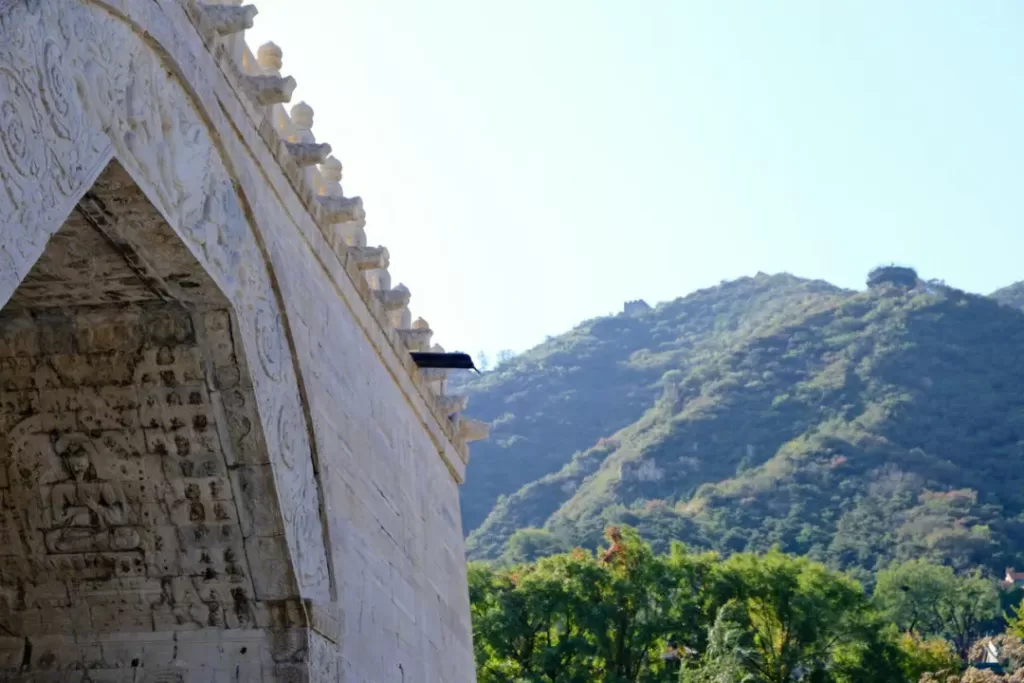
The Cloud Platform is a tower located on a hilltop overlooking Juyong Pass, one of the most well-preserved sections of the Great Wall of China. It was built during the Ming dynasty and was used as a signal tower and observation post. The platform is named after the clouds that often gather around the hilltop, giving it an ethereal appearance. Visitors can climb to the top of the platform and enjoy panoramic views of the surrounding landscape, including the Great Wall, the mountains, and the nearby village.
The Beacon Tower
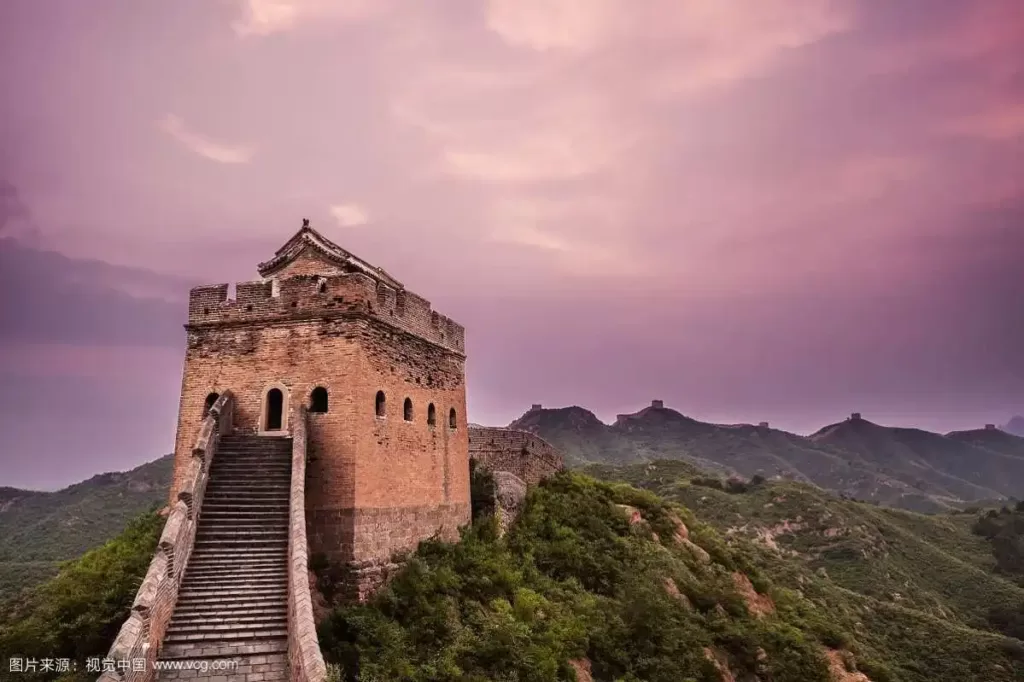
The Beacon Tower is a large watchtower located at the top of Juyong Pass. It was built during the Ming dynasty and was used to send smoke signals to other towers along the Great Wall, alerting them to the approach of enemy troops. The tower has a unique design with a square base and a round top, and is one of the most iconic structures on the pass. It is a fascinating example of the ingenuity and military tactics employed during ancient Chinese history.
The Scenic Hiking Trails
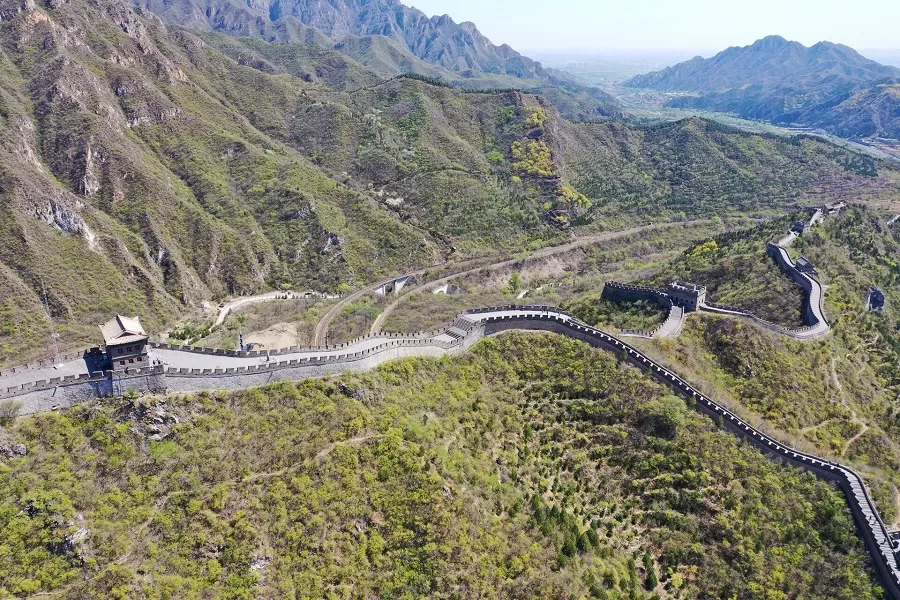
Juyong Pass is surrounded by scenic hiking trails that offer stunning views of the Great Wall and the surrounding landscape. The trails wind through the mountains and offer a variety of options for hikers of all skill levels. Visitors can explore the many historic sites and attractions along the way, including watchtowers, temples, and fortifications. The trails offer a chance to experience the natural beauty of the area and to immerse oneself in the history and culture of ancient China.
Vlog about Juyong Pass Great Wall
Dicas úteis resumidas a partir de comentários
Choose Your Route: There are two main routes to explore the Great Wall at Juyong Pass. The eastern route is relatively gentle, taking about half an hour to reach the Hero Stele (好汉碑). The western route is steeper, so choose according to your fitness level. If you have good stamina, you can climb one side and then the other.
Avoid Crowds: If you want to see the Great Wall without dealing with crowds, Juyong Pass is a great option. It’s less crowded compared to Badaling and Mutianyu, offering a more serene experience.
Bring Snacks and Water: There are limited food vendors available at Juyong Pass, so it’s advisable to bring your own snacks and water to stay energized during your visit.
Transporte: Transportation to Juyong Pass might not be as convenient as other sections like Badaling or Mutianyu. The 919 bus from Deshengmen is a direct route, but it can be slow, taking about one and a half hours. Keep in mind that there are no cable cars at Juyong Pass, so be prepared for a full hike without assistance.
Other Sections of Great Walls in Beijing
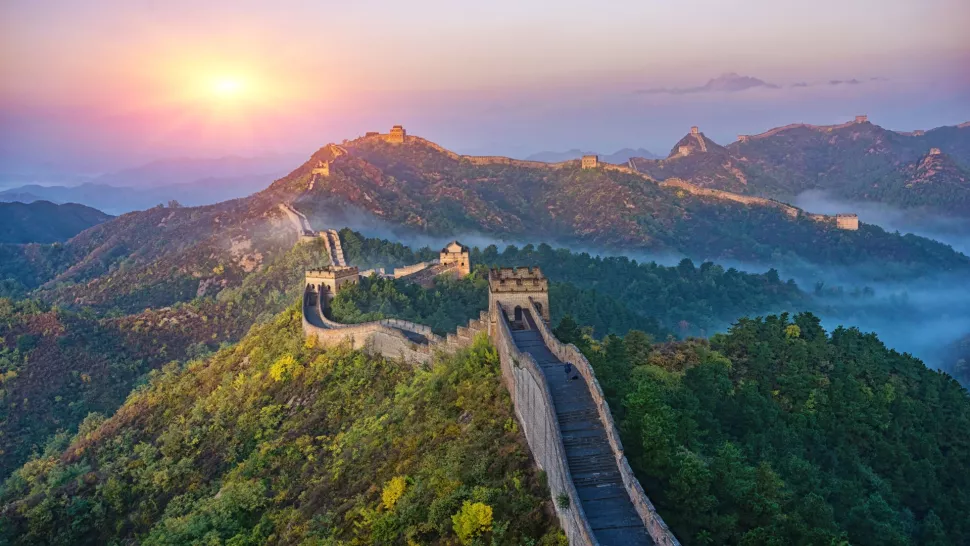
Grande Muralha de Badaling - a secção mais famosa

Huanghuacheng Water Great Wall – a section running parallel to a lake

Simatai Great Wall – a unique night tour
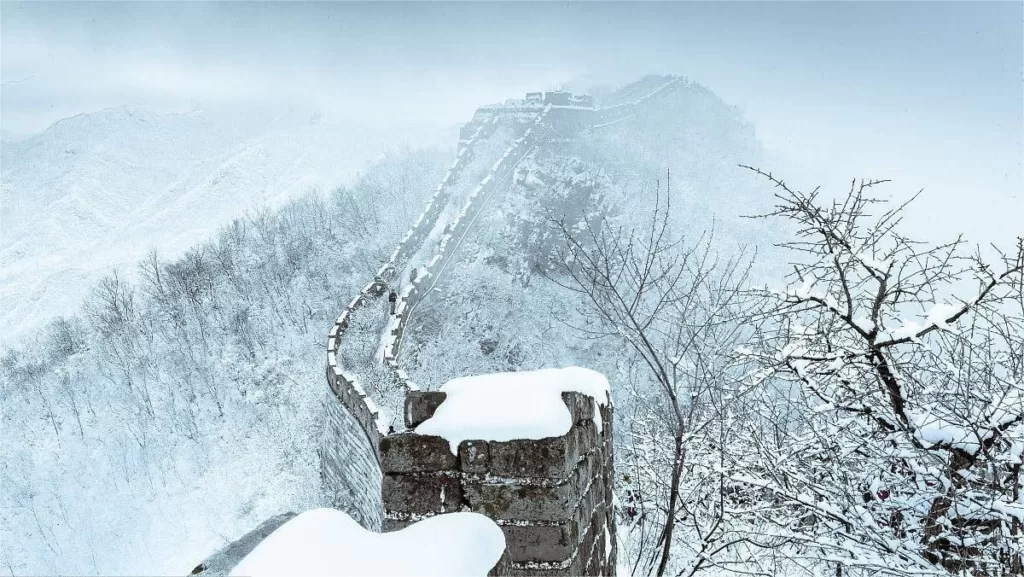
Jiankou Great Wall – an untouched section
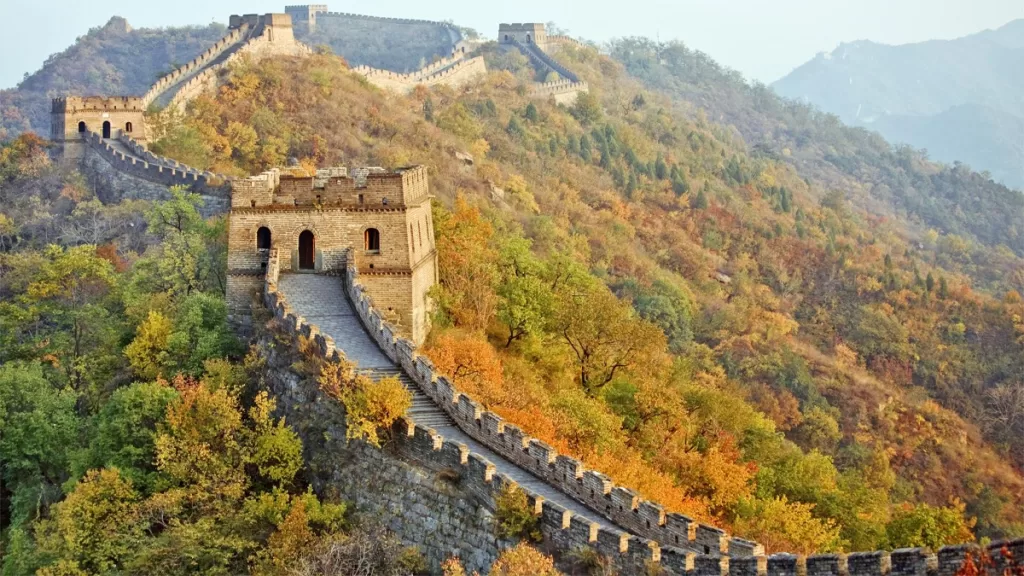
Mutianyu Great Wall – an alternative to Badaling
Paisagem de Pequim, Património Mundial da UNESCO